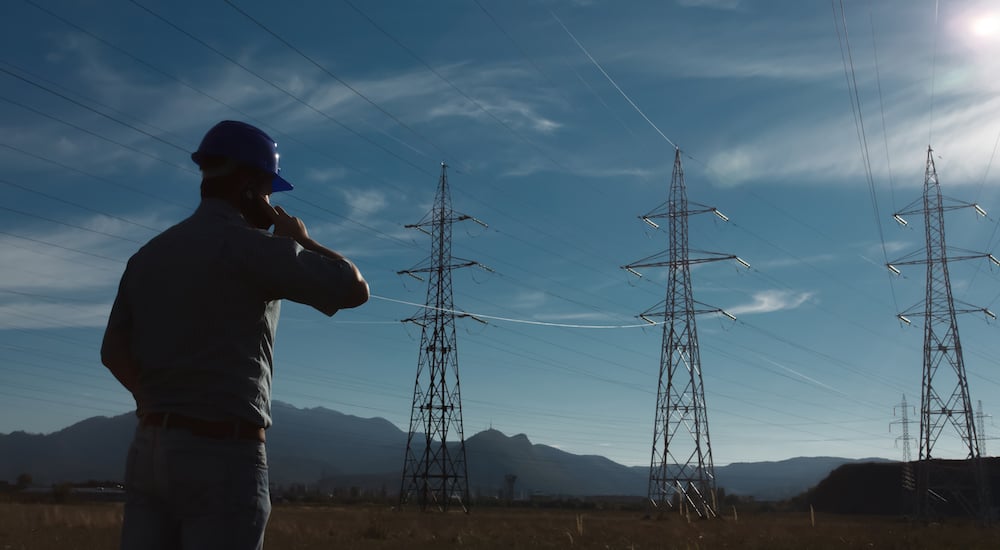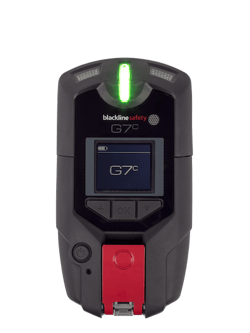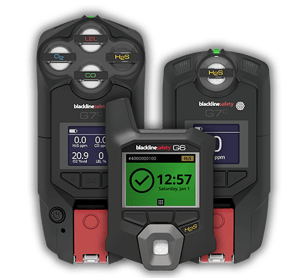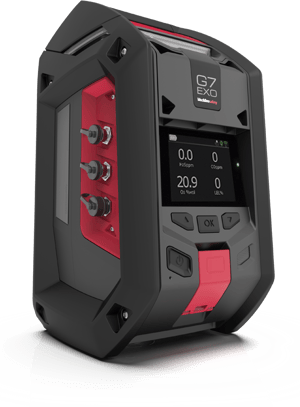POWERING DATA-DRIVEN SAFETY
The utility infrastructure industry, including electric and natural gas providers, is essential for our society to function as we know it. But keeping the lights on and our homes and businesses heated comes with its perils to over 555,000 workers in utilities to harmful and combustible gases and added risks as lone workers.
Connected gas detectors and lone worker devices elevate worker safety and provide data-based information for easy compliance and rapid incident responses. Data analysis can also guide proactive safety measures. In the utility industry, workers need protection from the various gas hazards they can face, including:
- Combustible hazards, such as methane and supplemental gas leaks can happen in pipelines, underground storage tanks, gas-fired power plants, etc.
- Hydrogen sulfide from sour gas purification – note: natural gas can contain up to 28% H2S
- Nitrogen Oxides (NOx)
- Sulfur dioxide from fuel consumption (coal or oil used in power plants)










